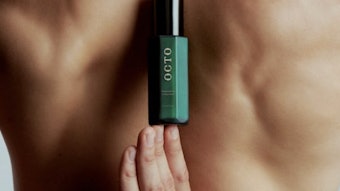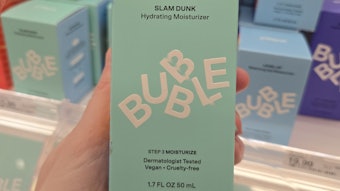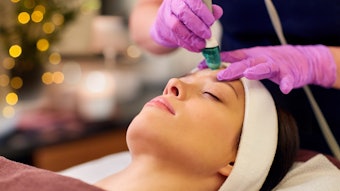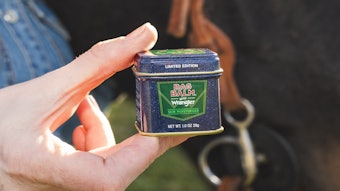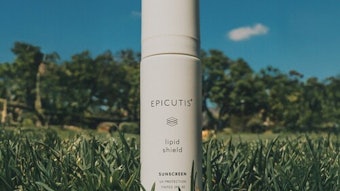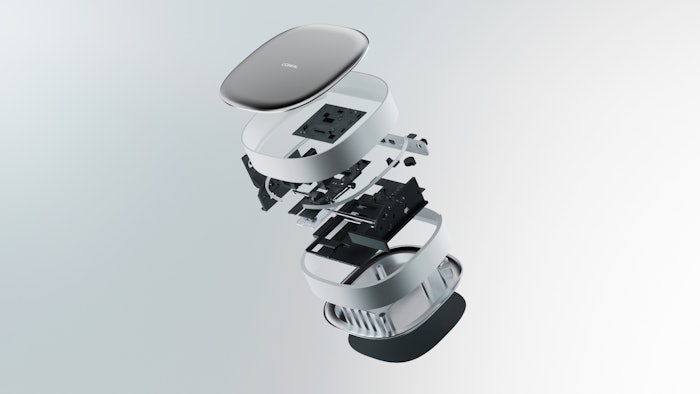
 The technology, developed in partnership with Korean startup NanoEnTek (a producer of microfluidic lab-on-a-chip technology), "reveals how mechanisms in the human body can affect skin’s appearance," according to L'Oreal.L'Oreal Groupe
The technology, developed in partnership with Korean startup NanoEnTek (a producer of microfluidic lab-on-a-chip technology), "reveals how mechanisms in the human body can affect skin’s appearance," according to L'Oreal.L'Oreal Groupe
The lab-on-a-chip system works like this:
- A facial tape strip is placed on each individual's cheek; that strip is then placed into a buffer solution
- The solution is loaded into the L’Oréal Cell BioPrint cartridge and inserted into the machine for analysis
- The system's Skin Connect device takes several images of each individual's face and presents a short questionnaire about skin concerns and aging
- Those answers, combined with the L’Oréal Cell BioPrint analyses, generates personalized insights
 Step-by-step: How the the lab-on-a-chip system works.L'Oreal Groupe
Step-by-step: How the the lab-on-a-chip system works.L'Oreal Groupe
 The Cell BioPrint analysis reveals the skin's longevity by providing a an estimated biological age, which reveals how fast the skin is aging.
The Cell BioPrint analysis reveals the skin's longevity by providing a an estimated biological age, which reveals how fast the skin is aging.
The device uses advanced proteomics to generate personalized analyses on how individuals' protein composition affects their skin aging. Each analysis, which assesses biomarkers determined by L'Oreal, takes 5 minutes.
The technology, developed in partnership with Korean startup NanoEnTek (a producer of microfluidic lab-on-a-chip technology), "reveals how mechanisms in the human body can affect skin’s appearance," according to L'Oreal.
Taken together, the insights can reportedly help individuals slow the appearance of aging by determining the ideal actives for their skin (ex: retinol), thereby minimizing guesswork.
"At L'Oréal, we're always looking toward the future of beauty, blending cutting-edge discoveries with our long-standing beauty expertise," says Barbara Lavernos, deputy CEO in charge of research, innovation and technology at L’Oréal Groupe. "With skin being the largest organ, and a key part of people’s wellbeing, we are thrilled to unveil Cell BioPrint, an exclusive microfluidic lab-on-a-chip technology coupled with our century-long skin science leadership. With the Cell BioPrint device, we offer people the ability to discover deeper insights about their skin through specific biomarkers and to proactively address the beauty and longevity of their skin.”



